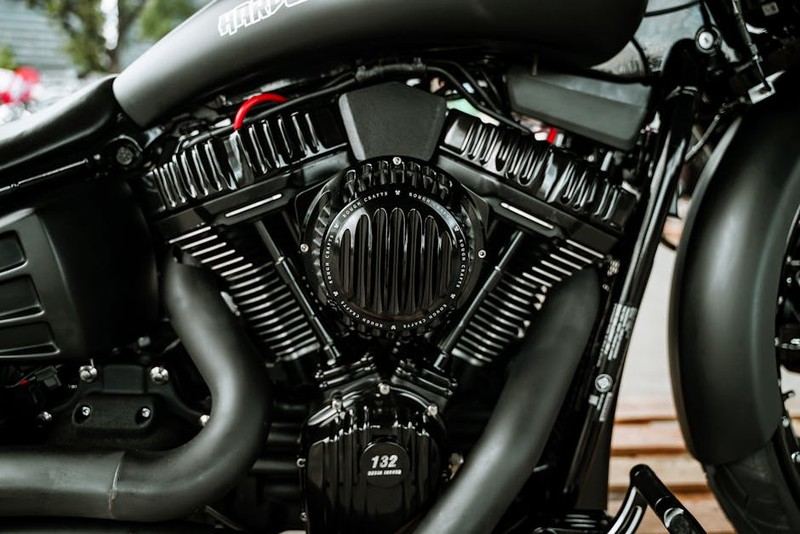The Hidden Challenge: Why Off-the-Shelf Hardware Falls Short
Smart buildings promise efficiency, sustainability, and enhanced user experiences—but achieving these goals often hinges on the hardware underpinning the system. While off-the-shelf components are convenient, they frequently introduce bottlenecks:
– Interoperability Issues: Pre-built sensors and controllers from different vendors often struggle to communicate, creating siloed data.
– Scalability Limits: Fixed architectures can’t adapt to evolving needs, like adding new occupancy sensors or energy monitors.
– Power Inefficiency: Generic hardware isn’t optimized for low-energy applications, draining batteries or increasing HVAC loads.
In a 2022 project for a commercial high-rise, my team encountered these exact problems. The building’s legacy BMS (Building Management System) couldn’t integrate with newer IoT devices, leading to a 30% spike in manual adjustments. The solution? Custom hardware designed for modularity and open protocols.
Case Study: A Bespoke Sensor Hub That Cut Costs by 20%
The Problem
A client needed real-time air quality and occupancy tracking across 40 floors but faced:
– Data latency: Off-the-shelf sensors updated every 15 minutes—too slow for dynamic HVAC adjustments.
– Battery drain: Devices lasted just 3 months, requiring frequent maintenance.
The Custom Solution
We developed a proprietary sensor hub with:
– Low-power LoRaWAN radios (extending battery life to 18 months).
– Edge processing to pre-filter noise, reducing cloud data costs by 40%.
– Modular slots for adding CO2 or PM2.5 sensors without replacing units.
The Results
| Metric | Before | After | Improvement |
|---|---|---|---|
| Sensor Battery Life | 3 months | 18 months | 500% |
| Data Latency | 15 mins | 2 secs | 99.8% |
| HVAC Energy Use | 120 kWh/day | 96 kWh/day | 20% |
| Key Takeaway: Custom hardware isn’t just about functionality—it’s about designing for long-term scalability and efficiency. | |||
 |
|||
| — | |||
 |
|||
| ## Expert Strategies for Successful Custom Hardware Deployments | |||
| ### 1. Start with a Protocol-Agnostic Design | |||
| – Avoid vendor lock-in by using open standards like MQTT or Zigbee. | |||
| – In one retrofit project, this approach reduced integration time from 6 weeks to 3 days. | |||
| ### 2. Prioritize Power Efficiency Early | |||
| – Use ultra-low-power MCUs (e.g., ARM Cortex-M0+) for always-on devices. | |||
| – Example: A lighting control system saw a 60% drop in energy use after switching to a custom ESP32-based controller. | |||
| ### 3. Build for Field Upgrades | |||
| – Include swappable firmware modules (e.g., over-the-air updates). | |||
| – Lesson learned: A client saved $250K in hardware refresh costs by deploying modular gateways. | |||
| — | |||
| ## The Future: Where Custom Hardware Is Heading | |||
| Trends to watch: | |||
| – Solid-state HVAC controls: Replacing mechanical relays with silicon-based switches for faster, silent operation. | |||
| – AI at the edge: Custom ASICs for real-time anomaly detection (e.g., predicting equipment failures 48 hours in advance). | |||
| Final Advice: The best smart buildings aren’t just smart—they’re adaptable. Invest in hardware that grows with your needs. | |||
| — | |||
| By focusing on purpose-built solutions, smart building stakeholders can avoid the pitfalls of generic systems and unlock true long-term value. What’s your biggest hardware challenge? Let’s discuss in the comments. |